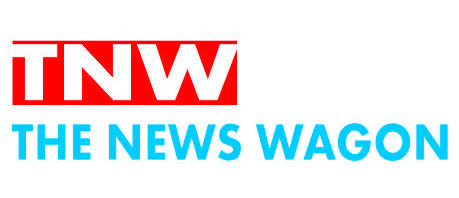New Delhi: The summers in India are marked with unrelenting heat, soaring temperatures, and high humidity. The nation suffers from a rising health concern annually as heat waves become more frequent and severe. Heat-related illnesses are driving a notable increase in patients needing quick medical attention in emergency departments throughout the country. Dr. Kiran Kumar Varma K, Associate Clinical Director, HOD & Senior Consultant in Emergency Medicine, CARE Hospitals, Banjara Hills, shared tips to help patients of heatstroke.
Data from health officials indicate that during peak summer, incidences of heatstroke and dehydration rise by about thirty percent, severely taxing many hospitals’ resources. Many of these situations result from aggravation of current medical issues mixed with insufficient fluid intake and prolonged sun exposure. Emergency rooms notice a significant inflow of patients with extreme dehydration, heat exhaustion, and perhaps fatal heatstroke every summer. Those most vulnerable are the very young, the elderly, outdoor labourers, and those with pre-existing diseases like heart disease or diabetes.
As summer blankets India with typically high temperatures, emergency departments spend much effort improving their readiness for an expected flood of heat-related diseases. With a well-trained and very attentive workforce, hospitals put strategic actions in place to properly manage the seasonal increase in heatstroke and dehydration patients. IV hydration kits and cooling mechanisms on emergency ambulances help to guarantee early treatment even before the patient arrives at the hospital. Emergency teams are taught to identify early heatstroke and dehydration signs, therefore guaranteeing fast diagnosis and treatment. For critical patients, cooling treatments, vigorous hydration methods, and electrolyte balancing take front stage.
To rapidly stabilize heatstroke patients, hospitals have fitted their emergency rooms with ice baths and cooling systems. Monitoring vital signs constantly guarantees quick interventions. Public awareness campaigns should prioritize prevention, teaching the public about heatstroke symptoms, water advice, and the need to avoid direct sunlight during peak hours.
Seeing the Signs: When Should One See a Medical Practitioner?
Knowing the warning indicators of heat-related diseases helps one save lives. Typical symptoms include:
- Hot and dry skin
- Excessive perspiration
- Dizziness or confusion
- Quick heartbeat
- Muscles spasms
- Fainting or loss of consciousness
An appeal to action: Stopping Heat-Based Illnesses
Simple yet strong actions can greatly lower the risk:
- Get hydrated daily by consuming at least two to three liters of water.
- Steer clear of extended outdoor activity during the hottest hours—between 12 PM and 4 PM.
- Eat electrolyte-rich foods like coconut water and ORS (Oral Rehydration Solutions); wear light-colored, loose-fitting clothes and utilise caps or umbrellas for sun protection.
Dehydration is treatable; heatstroke is avoidable. Staying aware and following basic safety guidelines will help us all lower the load on emergency services and guard against life-threatening heat-related illnesses.
ith a well-trained and very attentive workforce, hospitals put strategic actions in place to properly manage the seasonal increase in heatstroke and dehydration patients. Health Conditions Health News: Latest News from Health Care, Mental Health, Weight Loss, Disease, Nutrition, Healthcare




